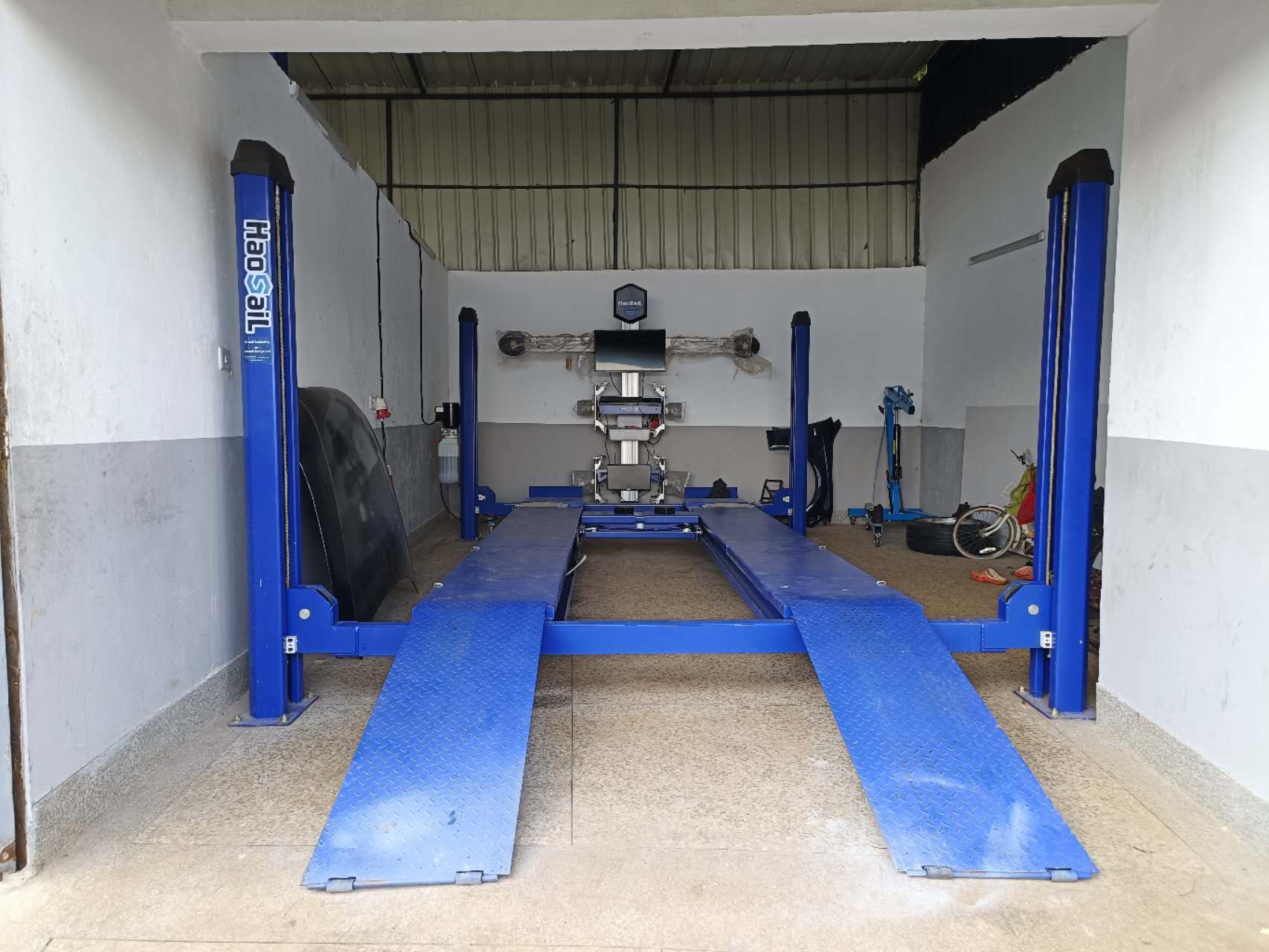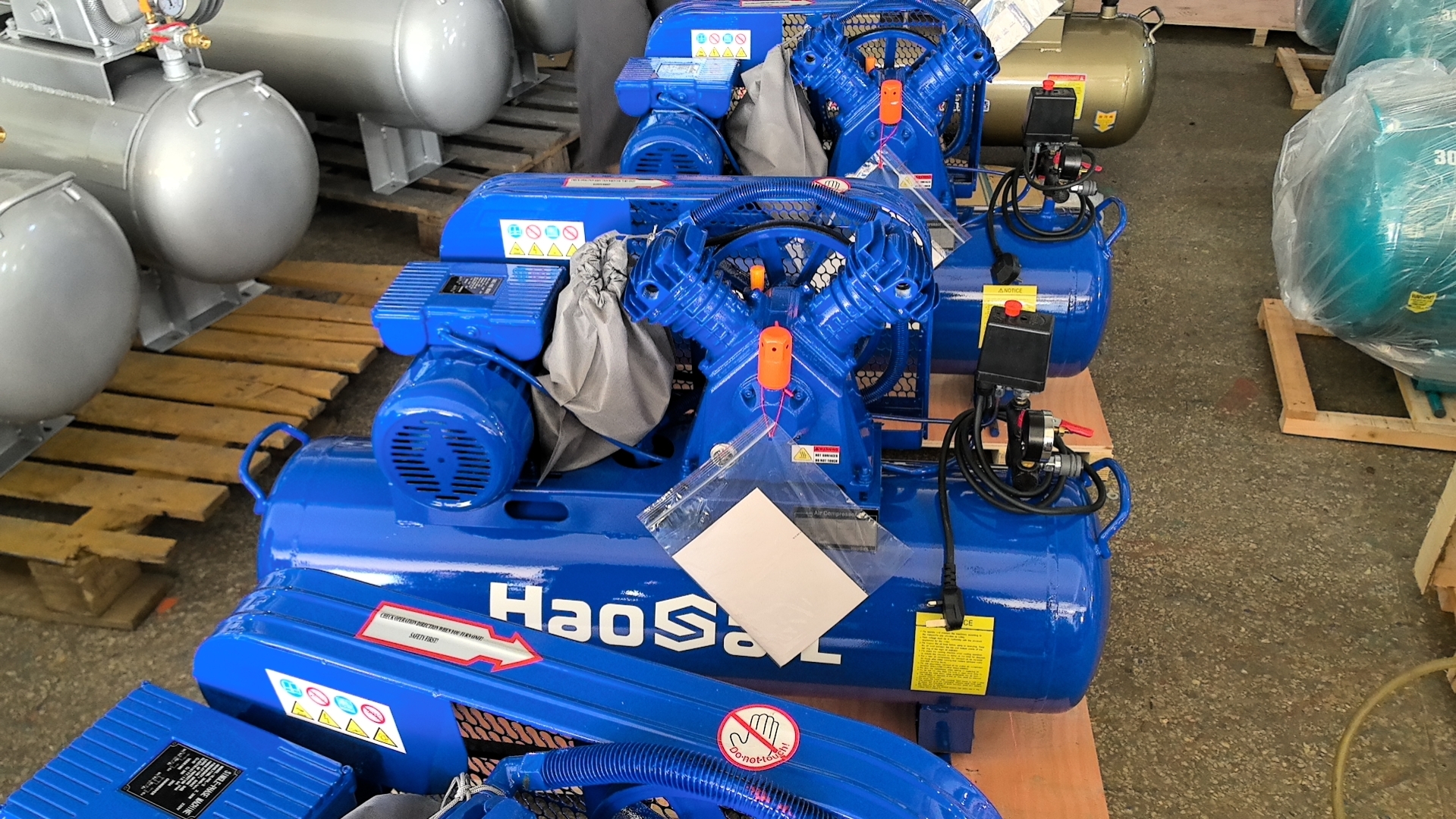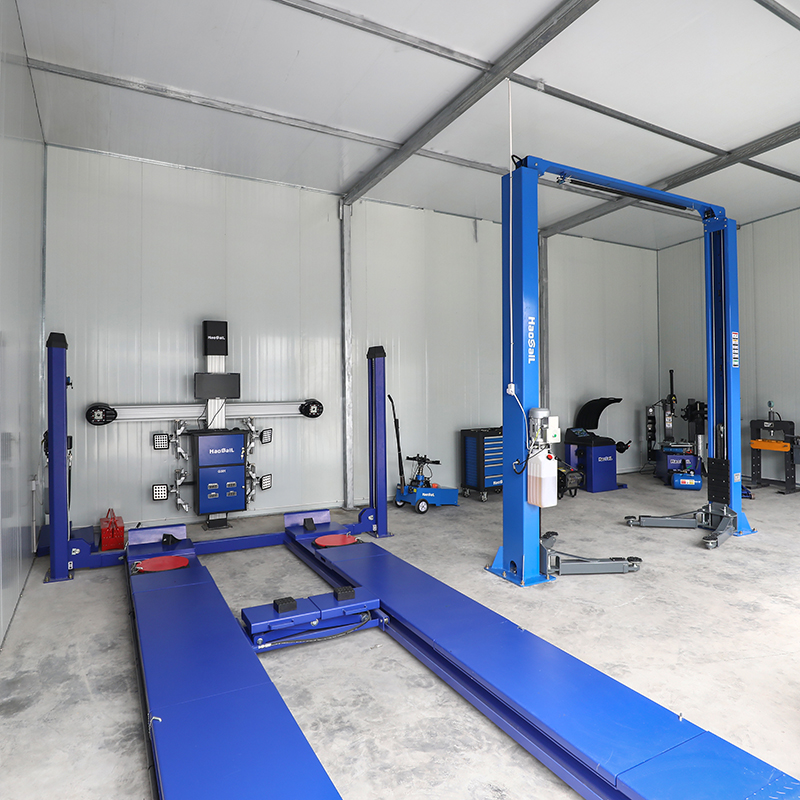
May 29, 2025

May 27, 2025

Apr 14, 2025
Apr 07, 2025
B4, Qingdao High-Tech Zone, No. 17 Songyuan Road, Qingdao.
+86 13864822549
The history of wheel balancer can indeed be traced back to the 19th century, and here are the key points of its development history in detail:

1. **Invention of the Dynamo**: In 1866, the German company Siemens invented the dynamo, which was an important milestone in the development of rotating machinery.
2. **Balancing Technology Patent**: In 1870, Canadian Henry Martinson applied for a patent on balancing technology, marking the beginning of the balancing correction industry.
3. **First Double-Sided Balancing Machine**: In 1907, Dr. Franz Lawaczek provided the improved balancing technology to Carl Schenck, who then manufactured the first double-sided balancing machine in 1915.
4. **Pure Mechanical Balancing Equipment**: Until the end of the 1940s, all balancing processes were carried out using pure mechanical balancing equipment.
5. **Application of Electronic Measurement Technology**: With the development of electronic technology and the popularization of rigid rotor balancing theory, most balancing equipment began to adopt electronic measurement technology after the 1950s.
6. **Planar Separation Circuit Technology**:wheel balancer with planar separation circuit technology effectively eliminated the mutual influence between the left and right sides of the balancing workpiece.
7. **Development of Electronic Measurement Systems**: The electronic measurement system has evolved from nothing to flash type, wattmeter type, digital type, microcomputer type, and eventually to automaticwheel balancer.
8. **Leap of Hard Supportwheel balancer**: The emergence of hard supportwheel balancer in the 1970s is considered a leap in the history of balancing machine development. They use static balance size settings, eliminating the frequent dynamic adjustments needed by traditional soft supportwheel balancer.
9. **Application of Piezoelectric Sensor Technology**: In the 1980s, the application of piezoelectric sensor technology brought a revolution to the development ofwheel balancer, basically replacing soft supportwheel balancer in the field where very high speeds are not required.
10. **Research on Automation Technology**: In order to improve labor productivity and working conditions, various industrial countries began to research balancing automation technology in the 1950s, and subsequently manufactured semi-automaticwheel balancer and dynamic balancing automatic lines.
11. **Development ofwheel balancer in China**: China began to research dynamic balancing automation technology in the late 1950s and developed the first numerical control six-cylinder crankshaft dynamic balancing automatic line in the late 1960s, which was successfully trialed in 1970.
12. **Development Trend**: Currently, the development trend ofwheel balancer is towards digitalization, intelligence, virtualization, and humanization, with industrial PC as the core, using high-level language to develop open intelligent type dynamic balancing detection systems.
These key points outline the development history ofwheel balancer from the initial mechanical balancing equipment to modern electronic measurement technology, as well as the application and development of automation technology in the field ofwheel balancer.
HaosailWheel balancer is also know as tyre balancer.
Our Haosail automatic car wheel balancer is suitable for precise balance adjustment of various light vehicle tires and has the following features:
1. The wheel balancer is economical, practical, beautiful and generous
2. With Dynamic balance, static balance and other balance modes
3. The self calibration is simple and easy to operate
4. Traditional design makes it easy to learn, operate and after-sales service.
5. Using advanced sensor, the pressure numerical display precision is high.